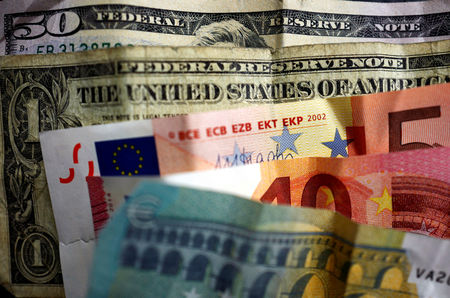
UBS advised investors to sell any potential short-term gains in the US dollar, adopting a more bearish stance on the currency for the medium term. The firm anticipates a possible corrective rebound in September, particularly if the Federal Reserve’s hesitancy to implement rate cuts greater than 25 basis points aligns with the seasonal trend of the US dollar outperforming during this month.
The current market positioning data indicates that the fast money shorts against the dollar are predominantly in the Euro (EUR) and British Pound (GBP), with both currencies potentially vulnerable in the near term. However, UBS views the GBP as a buy on dips, citing a more supportive domestic rates outlook and historical patterns of a strong recovery in sterling from late October to early November.
In contrast, the Japanese Yen (JPY) positioning is relatively neutral, suggesting the unwinding of short-term yen-funded carry trades. The Yen is also gaining from the return of its inverse correlation with equities, which has elevated it to one of the top performers in the G10 currencies.
Moreover, the Swiss Franc (CHF) has performed well and, without significant intervention from the Swiss National Bank (SNB), is expected to remain supported as residual franc shorts are covered. UBS has set a target for EURCHF at 0.93.
The firm’s updated cross-border mergers and acquisitions tracker reveals a deal balance that is most negative for the Euro (EUR), Australian Dollar (AUD), and Swedish Krona (SEK), but positive for the GBP and JPY. For Australia, the tracker indicates a moderation in the rising trend of the Foreign Direct Investment (FDI) balance, which has reached a 12-month surplus of 2.1% of GDP in the second quarter, the highest since pre-Covid times. This is supported by strong demand for Australian fixed income, which is helping to offset a widening current account deficit.
UBS notes that Australian goods export volumes have remained stable, suggesting that the worsening trade balance is due to falling commodity export prices and rising import volumes. However, they believe the impact on the AUD may be limited as the currency did not significantly appreciate during the post-Covid commodity price surge, and the increase in imports may reflect strong domestic demand, which is why UBS maintains a constructive outlook on the AUD.
This article was generated with the support of AI and reviewed by an editor. For more information see our T&C.
This post is originally published on INVESTING.





